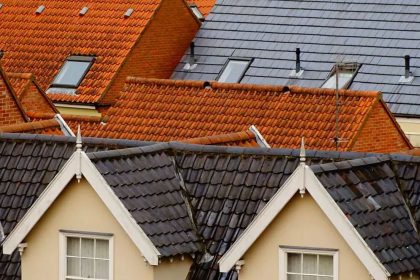 How Roof Slates and Tiles Are Made
How Roof Slates and Tiles Are Made
What Is The Roof Made Of
We’re used to taking the roof over our heads for granted, until something goes wrong. We don’t usually think about the remarkable materials that keep us safe from rain, wind and cold, but they’re worth a little attention. Various materials can be used to roof a building, including metal and felt. When we think of a roof, though, most of us will automatically imagine one covered with roof slates or tiles.
Clay Tiles
Traditionally, roof tiles are made of clay. This has the great advantage of being fully recyclable and therefore a renewable resource.
Once the clay has been quarried, it’s milled and ground, before having sand and water added to it. The mixture is then shaped, usually in moulds, to form tiles of the shape required. This can be either flat or curved, or else specific shapes for hips, ridges or gable ends. Some manufacturers use moulds that produce a unique design or a logo.
The tiles may have colour or glaze applied and then go for drying, for anything between four and forty-eight hours. Once the moisture content is below 2%, the tiles are fired in a kiln at a minimum of 1000 ºC, giving them the required strength and durability.
Concrete Tiles
In some cases, roof tiles are made of concrete rather than clay. Concrete is, of course, an aggregate consisting principally of cement, sand, water and fly ash. Old concrete tiles can be ground down into the mix, making this too a recyclable product.
Concrete tiles are made in a similar way to clay ones. However, they generally don’t have the same range of shapes available — they’re normally only either flat or with smaller or larger curves.
Roof Slates
Unlike clay or concrete tiles, roofing slate is only cut and shaped, not processed in any way. Slate can be quarried from many areas. Most European slate nowadays comes from Spain, though Wales, Cumbria and Cornwall are also important sources. Most slate is grey, but some locations (such as North Wales) produce a variety of colours.
Slate has the invaluable property of splitting into thin sheets, which are then cut into strips by a diamond cutter. These are placed in a gauging machine and shaved to the exact thickness, before being cut into uniform blocks. Holes are then drilled at the top for fastening.
Roof tiles and slates are not only among the most vital of all building materials, but also among the most sustainable. If you want to know how they can do more to protect your home, feel free to give us a call.









